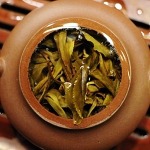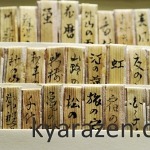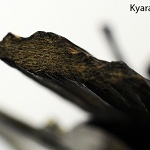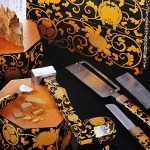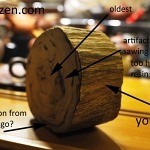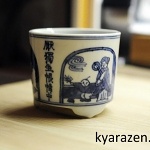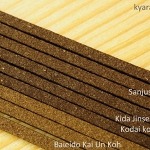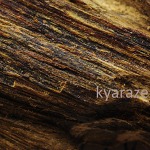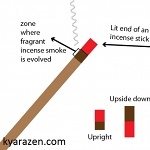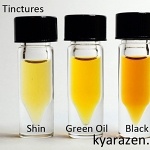I had been wanting to write this for the longest time, and since I managed to get a breather from work these few days, I thought I would attempt something challenging. This is particularly a dangerous topic to write about as it may lead to misconceptions of other people on me and my website. People have often… [Read More…]
Does Kyara sink in water?
Does Kyara sink in water, or does it need to sink in water to be considered a top grade? The blind pursuit for “sinking” grade agarwoods had opened up a whole new dimension to material substitution. Previous post on zelkova like materials, calocedrus formosana (Xiao-Nan), or even woods like rosewood (truth bringing incense), gaharu buaya; these… [Read More…]
How long can fragrant woods be kept?
You probably would have seen the fragrant wood storage article from some time back, where I routinely prefer to store fragrant woods in glass containers with teflon lined caps that seal, the fragrant wood really well. The aim of this method is to prevent volatiles from escaping, and also to prevent contaminants from entering. Fragrant… [Read More…]
Know your Fragrant Wood Cuts
If you are a meat lover, particularly that of beef, you should know the cuts of your meats really well. Similarly if you are a fragrant wood lover involved in either Japanese/Chinese or other forms of incense practices/ceremonies, it is just as important to know the cut types, and how they are obtained. The… [Read More…]
Age of Agarwood and the tree
Does the age of the agarwood tree matter??!! Actually….. the age of the infection/resination is the most important, not particularly the age of the tree. If you have had chopped down an agarwood tree that is a couple hundred years old.. you will find quite significant amounts of white wood. Poor old tree. And if… [Read More…]
The Kodo Cup
I had been a strong advocater of electric heating of fragrantwoods for quite a while. The reason behind this, stems from observation of what society and people need. With high stressed levels, long working hours etc, it is important that they can find quick relief and quick solace. The electric burner fulfils this criteria very… [Read More…]
Incense Review – Scents of the Edo Period
In the Chinese Ming Dynasty (1368-1644 AD), the stick incense was invented. Dried herbs were blended, ground into powder, and mixed with binder powder, the powdered bark of the Machilus Thunbergii tree which acts as a glue when wet. The resultant dough could then be extruded or rolled into sticks, and allowed to dry in… [Read More…]
Cardio-protective properties of Agarwood
The cardio-protective properties of Agarwood(particularly Kynam) had been recorded in chinese medical literature for many centuries, with written accounts from many historical chinese physicians. In the traditional Chinese/Han medicine that Japan practices, there is a fabled 速效救心丹 (cardiac rescue pill) that uses kynam as one of its key ingredients. Traditional chinese medicine users in Hainan… [Read More…]
The Importance of Incense Stick Angle
I felt rather inspired and compelled to write this article after an enjoyable meetup with Mr Stephan S. from Mexico, whom had stopped by Singapore for a while. I’m extremely impressed the olfactory prowess of Stephan which I believe to be a notch above mine (I hope to invite him to write a guest article… [Read More…]
Kyara versus Shin-Kyara
The subject of Shin Kyara is rather new and foreign to people outside of Japan, but this definition/concept has been known domestically, in certain incense schools for a very long time! Some incense companies have been substituting Kyara with Shin-kyara in their Rikkoku sets as a cost cutting measure. Basically Shin Kyara is just… [Read More…]
